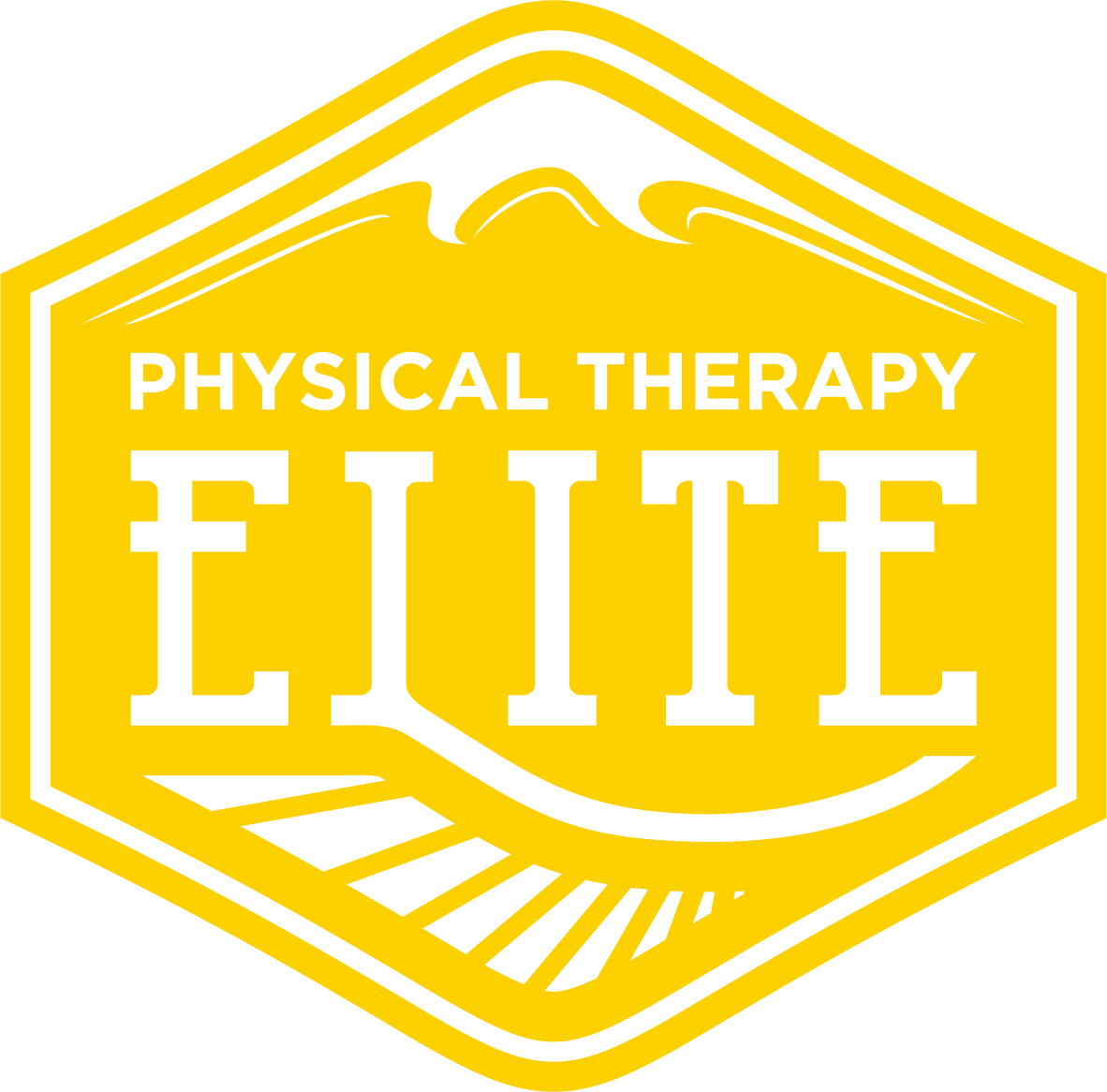First and foremost, let’s change our language when it comes to the winter training months. When I hear “off season” I think exactly that: a time where I’m “off” of training and have most likely affixed myself to the couch in preparation for all the wonderful holiday goodies around the corner. I much prefer the term “post-season” as psychological motivator to continue the training cycle. It doesn’t imply taking time off. Rather, it signals the beginning preparations for the upcoming season just a few months away!
The post season is where ANY athlete can make the MOST improvement. The training schedule during the racing season is full of developing the sexy side of racing: speed, power, and endurance. We simply don’t have the time to devote to the unglamorous parts of training: injury prevention, technical skill acquisition and development, and improving neuromuscular efficiency. In the post-season we can devote time to making large changes in our bodies, equipment, or training and allow the appropriate adaptations to occur. Makes sense right?
To maximize the return of your new efforts during this season, we must create a plan. As the saying goes: if you fail to plan, you plan to fail. So here are 5 tips to get the most out of your post-season training:
Injury management
For the most part, any previous injury or niggle will calm down given enough rest. But the underlying issue is not addressed and corrected, leaving you vulnerable to aggravate and flare up symptoms again once training volumes increase and the race season approaches. Take this time to consult a physiotherapist to be assessed for any imbalances or poor movement patterns that may need to be cleaned up before training ramps up. You will enjoy a much longer, healthier, and consistent season without the stop/start of mid-season injuries.
Physical preparation
We ask our bodies to perform some incredible things and subject it to long hours of training. We need to prepare our bodies to withstand the stress and strain of training and racing. Every muscle, tendon, bone has a limited capacity for work. Injury occurs when our training load and stress repetitively exceeds our tissue’s capacity. Post season is the time to improve the capacity of our body’s tissue, so that we can absorb the training stimulus of the months to come. Cross training and weight lifting are great ways to expose tissues to increased and varied loads that will help your body’s resilience heading into the next season.
Address your limiters
Reflect on the previous season for a moment and come up with a list of 3-5 areas that you feel limit your performance. For triathlon it could be the swim, perhaps the bike, or very commonly race day nutrition. Try to make it very specific. Maybe it’s fatigue and loss of good catch position late in the swim, maintaining cadence or consistent power on the bike, lacking enough electrolytes during a race and cramping. Once you have your limiters, come up with some specific drills you can do to improve upon them so they are no longer hindering your best performance.
Technical development
Post-season is the time that we focus on some of the more technical aspects of our form, whereas the bulk of the race season is devoted to developing speed, power, and endurance. When making larger changes in form or tackling a limiter, utilizing specific drills to encourage adaptations in form will help to improve movement patterns and neuromuscular efficiency. Focusing more heavily on these areas in the post-season will allow these skills and form changes to be more easily transferred to your racing performance.
Intentional training
There is a lot of research in psychology with regards to deliberate practice. This is the repetitive performance of intended cognitive or psychomotor skills for specific skill acquisition. So if you are spending time to work on developing the technical skills of swimming or running, only doing 2-3 drills in a warm up won’t translate to improved mechanics during the remainder of the workout. Having specific intervals or sessions where you deliberately practice your newly acquired skills will help to better ingrain them and form the cognitive and neuromuscular patterns required for efficiency and performance.
If you want your next season to be the best one yet, take a look at how you can structure the months between now and race season to lay the foundation for a better, stronger season.

